Losing self-pay dollars is not a fight you should walk away from. Whether your facility manages eligibility in-house or has partnered with a vendor, there are still parts that need monitoring to make sure you and your patients come out the winners.
We have been asked to perform hundreds of eligibility audits to determine if money is being left on the table; below are the biggest pain points we evaluate during a standard review.
 Promptness of Inpatient screening – It is easy to assume the patient is being screened for government assistance before they leave the facility, but unfortunately that is not always the case. This is the first place our experts evaluate. To make a quick determination and build a relationship with the patient, your eligibility team needs to be doing screenings within 24 hours of admission.
Promptness of Inpatient screening – It is easy to assume the patient is being screened for government assistance before they leave the facility, but unfortunately that is not always the case. This is the first place our experts evaluate. To make a quick determination and build a relationship with the patient, your eligibility team needs to be doing screenings within 24 hours of admission.
Follow-up on account progression – It is very important to monitor self-pay accounts regularly. If we don’t see regular notes made in the hospital system regarding account progression, it’s a red flag that the current process may be hurting the bottom line.
Payment follow-up – Your eligibility vendor or in-house team needs to make payment follow-up a priority in the recovery process. We find billing and payment to be an easily missed task and a costly point in the revenue cycle. A successful eligibility process does not end with follow-up. The most important piece is ensuring the hospital receives payment.
Depending on the patient mix, self-pay numbers can range making it hard to determine exactly how much a hospital’s recovery should be. Typically, we’ve seen anywhere from 20-30% of self-pay populations qualify for assistance in non-expansion states and conversions rates on net placements between 91-96%. We suggest you take a closer look at the above-mentioned points of your eligibility process if your numbers seem lower than our expert advice.
Bethany Bailey
Vice President and Eligibility Expert
